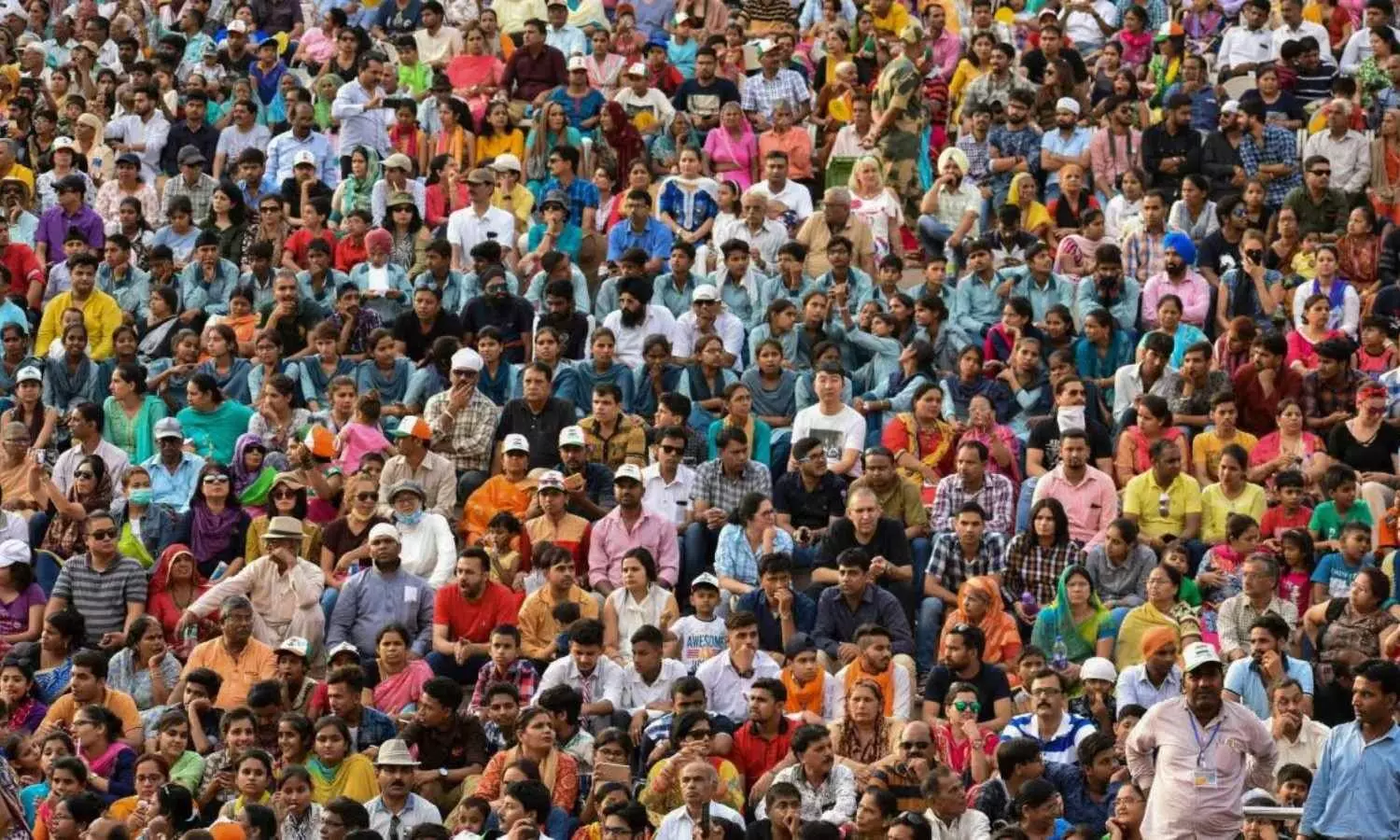Population Decrease – Boon or Bane
Is population decline a positive shift or a looming crisis? Explore the pros and cons of decreasing population, its impact on economy, workforce, environment, and society.
Population Decrease – Boon or Bane

The population more than tripled in the last 75 years, but the UN expects it to grow by only about 1.9 billion between now and 2100 (from 8.2 billion to 10.2 billion).
The population is expected to peak at 10.3 billion in 2084 and then decline to 10.2 billion through the end of the century.
The world’s three most populous countries in 2025 are expected to have radically different trajectories in the coming decades.
Those countries are India (which has about 1.5 billion people today), China (1.4 billion) and the United States (347 million).
India is expected to continue growing until it peaks at 1.7 billion people in 2061. Then it’s expected to gradually decline to 1.5 billion by 2100.
China’s population has begun to shrink. It is projected to fall sharply to 633 million by 2100.
Meanwhile, the U.S. population is expected to grow slowly and steadily to 421 million by 2100.
Among the 10 countries projected to contribute most to global population growth, the U.S. is the only one located outside of Africa and Asia. Still, the U.S. is expected to fall from the world’s third-most populous country today to the sixth-most populous by 2100.
The number of people ages 65 and older is expected to more than double, from 857 million today to 2.4 billion by 2100. That would increase their share of the global population from 10% to 24%.
By 2100, the world is expected to have roughly equal shares of people under 25 and people 65 and older. That would be a major shift from today, when younger people outnumber older adults by about four-to-one. In 1950, that gap was even wider, at about ten-to-one.
This shift is partly because of the growing number of older adults, but also because the number of people under 25 is projected to decrease from 3.3 billion today to 2.9 billion in 2100. The share of the global population under 25 is also expected to drop over the same time period, from 40% to 28%.
Africa is currently the world’s youngest region, and it’s projected to stay that way in 2100. The median age in Africa is 19 – significantly lower than any other region. Latin America and the Caribbean is the next-youngest region, but it has a much older median age of 32.
Europe’s median age is 43, making it the oldest region in the world.
By 2100, Africa’s median age is projected to rise to 35, but it is expected to remain the most youthful region by a wide margin.
Looking at countries rather than regions, the median age in the U.S. is 39. It ranks among the oldest third of countries globally but is slightly younger than many high-income countries in Europe and East Asia.
UNFPA’s 2025 State of World Population (SOWP) Report, The Real Fertility Crisis, calls for a shift from panic over falling fertility to addressing unmet reproductive goals.
These barriers create what the report identifies as India's “high fertility and low fertility duality.” States such as Bihar, Jharkhand, and Uttar Pradesh continue to experience high fertility rates, while others, like Delhi, Kerala, and Tamil Nadu, have sustained below-replacement fertility. This duality reflects differences in economic opportunities, access to healthcare, education levels, and prevailing gender and social norms.
Financial limitations is one of the biggest barriers to reproductive freedom: Nearly 4 in 10 people say financial limitations are stopping them from having the families they want
Job insecurity (21%), housing constraints (22%), and the lack of reliable childcare (18%) are making parenthood feel out of reach
Health barriers like poor general wellbeing (15%), infertility (13%), and limited access to pregnancy-related care (14%) add further strain
Many are also holding back due to growing anxiety about the future—from climate change to political and social instability
19% faced partner or family pressure to have fewer children than they personally wanted
“India has made significant progress in lowering fertility rates—from nearly five children per woman in 1970 to about two today—thanks to improved education and access to reproductive healthcare,” said Andrea M. Wojnar, UNFPA India Representative. “This has led to major reductions in maternal mortality, meaning a million more mothers are alive today, raising children and building communities.
In 2025, the global fertility rate is making headlines. In many countries, birth rates are declining, leading policymakers to sound the alarm over the potential for “population collapse”. In an attempt to mitigate the demographic changes they face, some governments are employing drastic measures to persuade women to have more children. Despite this fact, millions of people around the world are unable to have the number of children they want.

